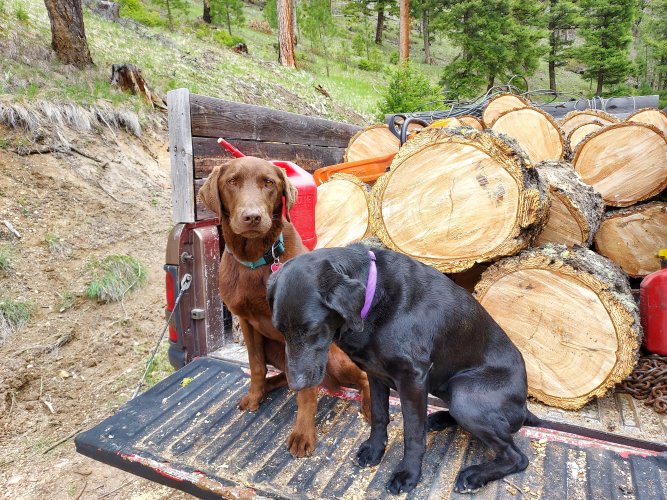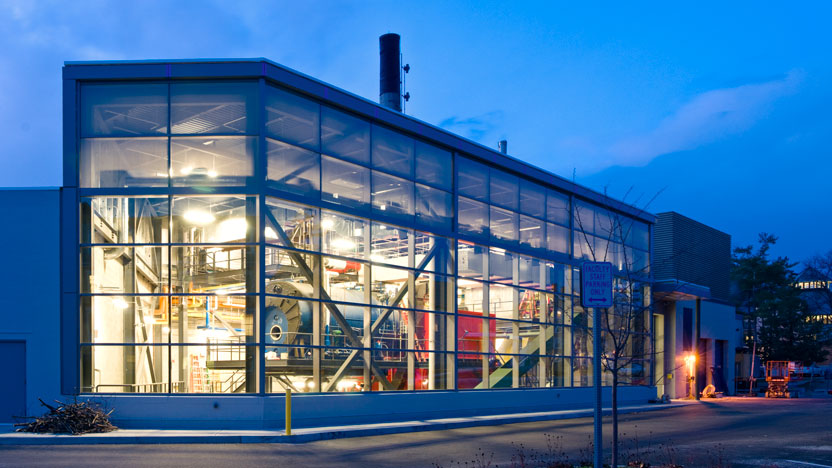BigHornRam
Well-known member
Manditory cap and trade is how the California carbon credit market works. There are other carbon credit schemes out there is well. High Country news doesn't even think its legit.That is not how the carbon credit market works. It is set up to incentivize companies to become more efficient over time regrading carbon emissions. Often time just reducing usage. It has shown to be very effective at that.
https://www.hcn.org/articles/forest...fset-program-actually-helping-the-environment









